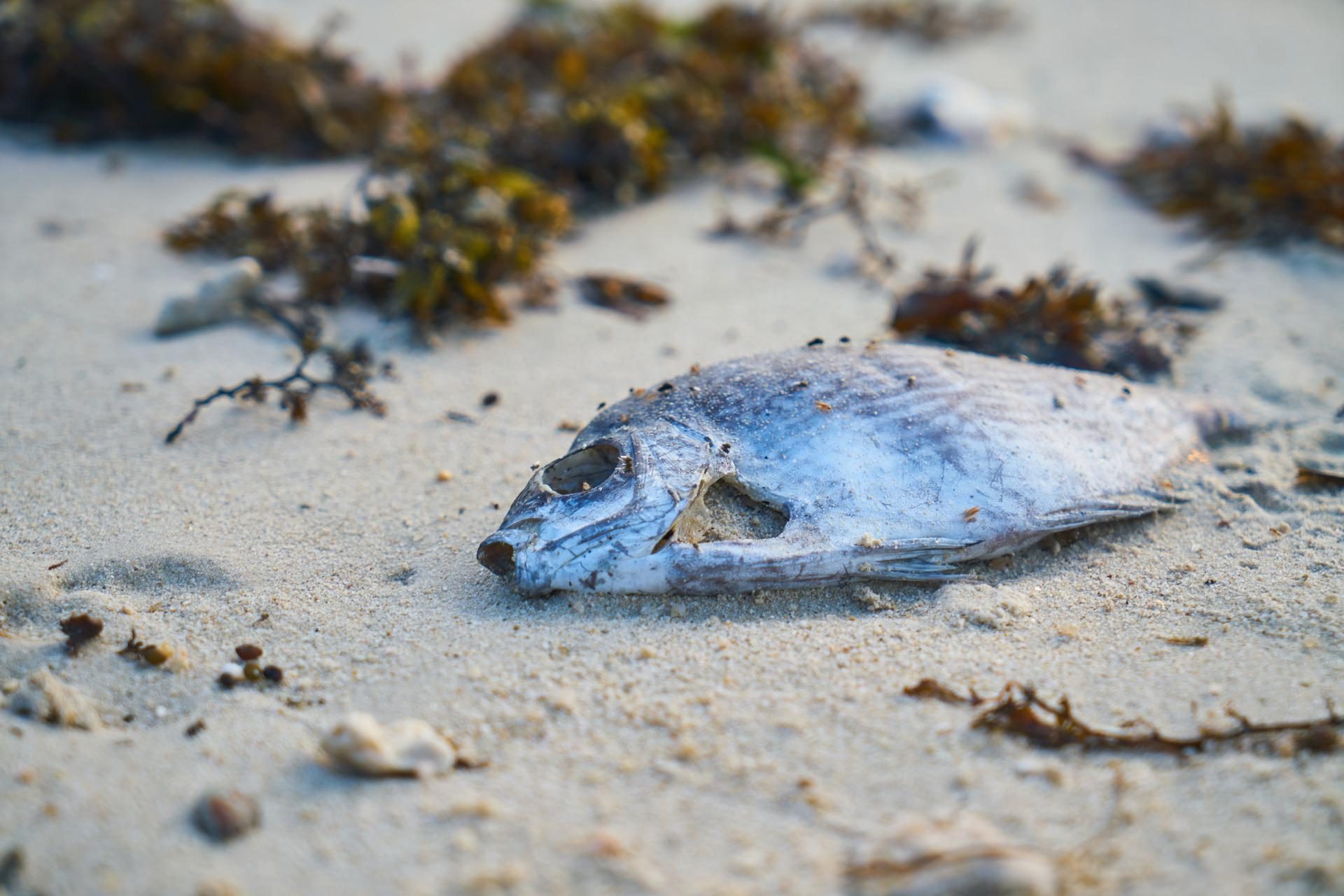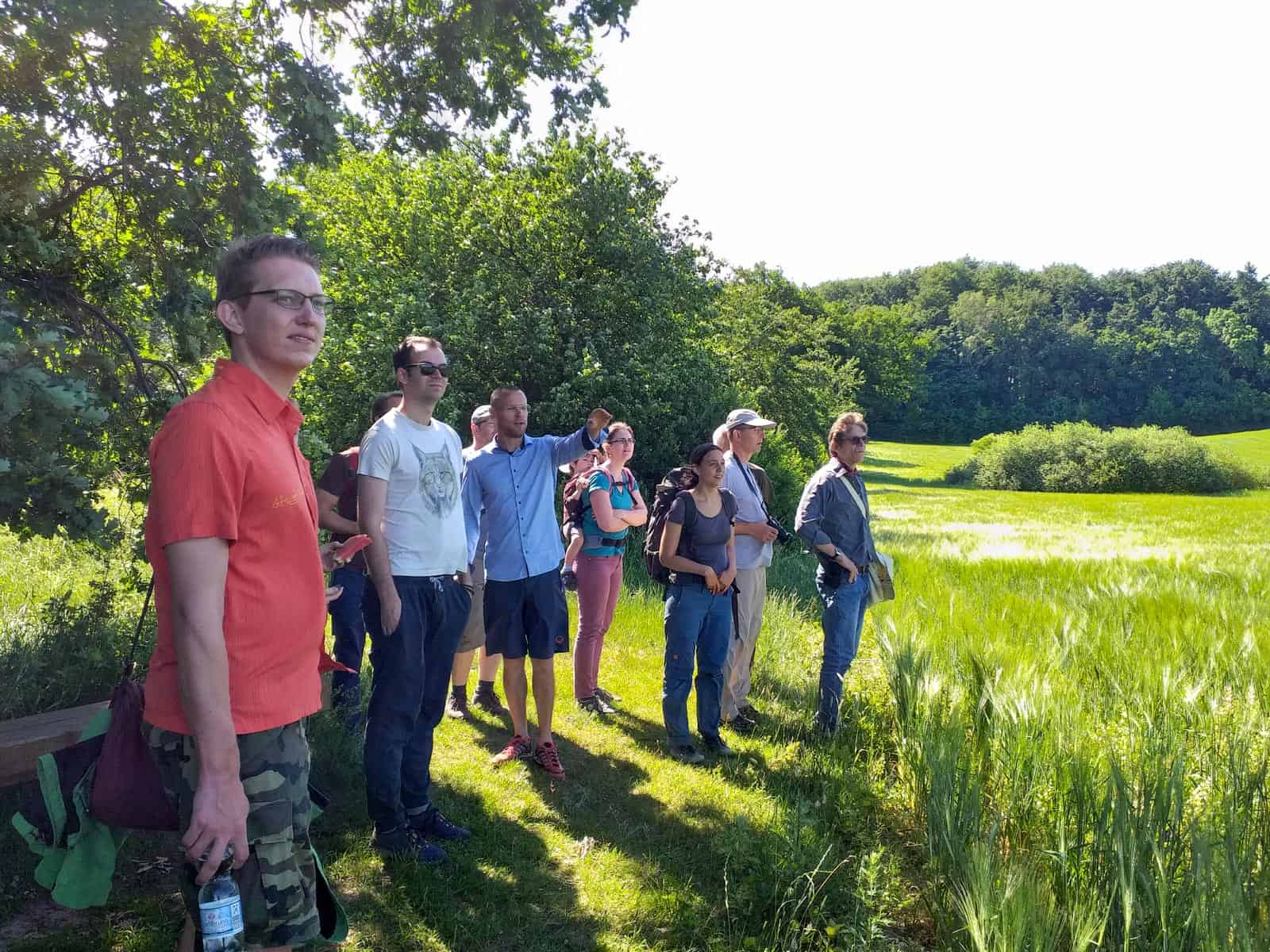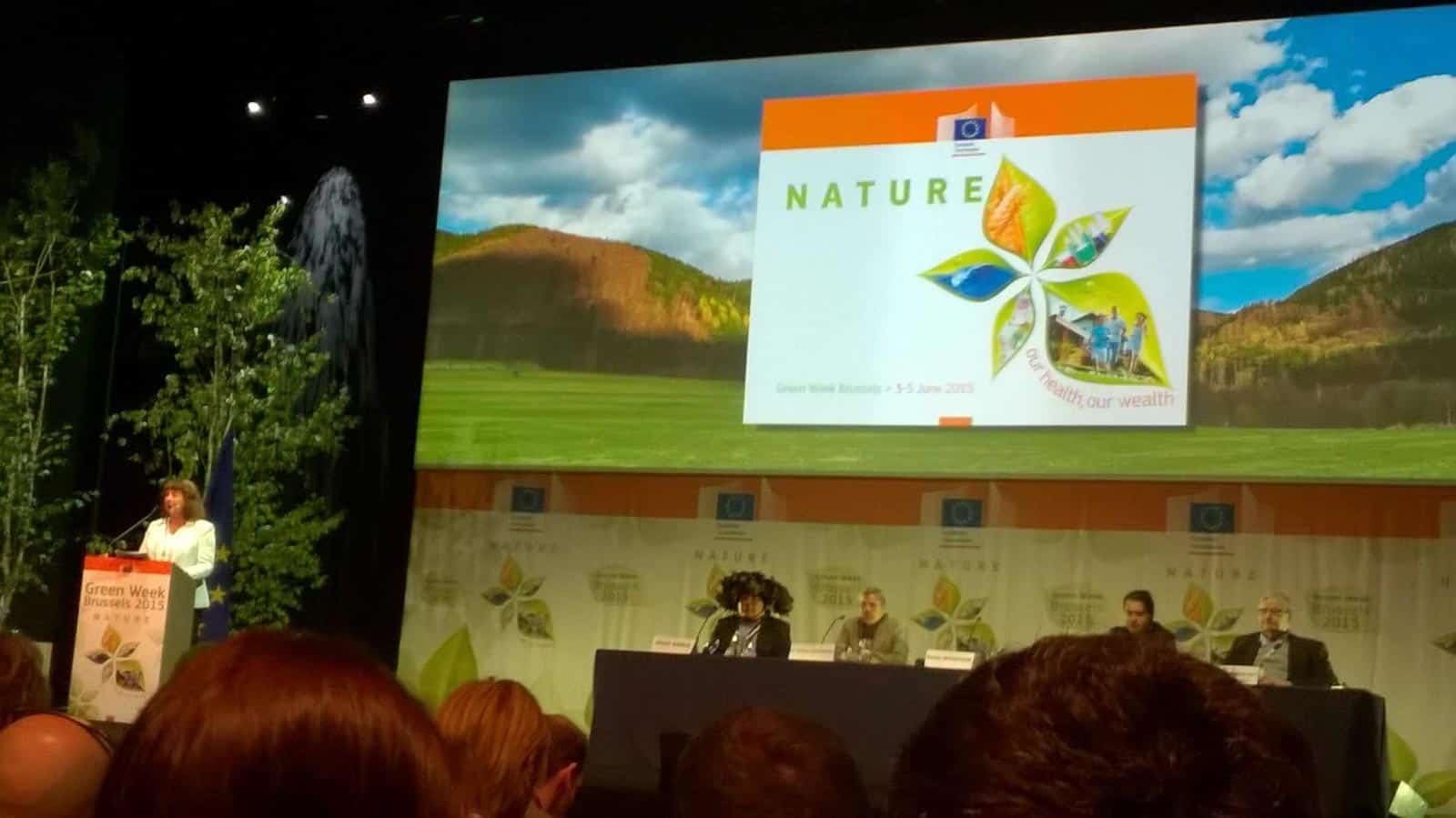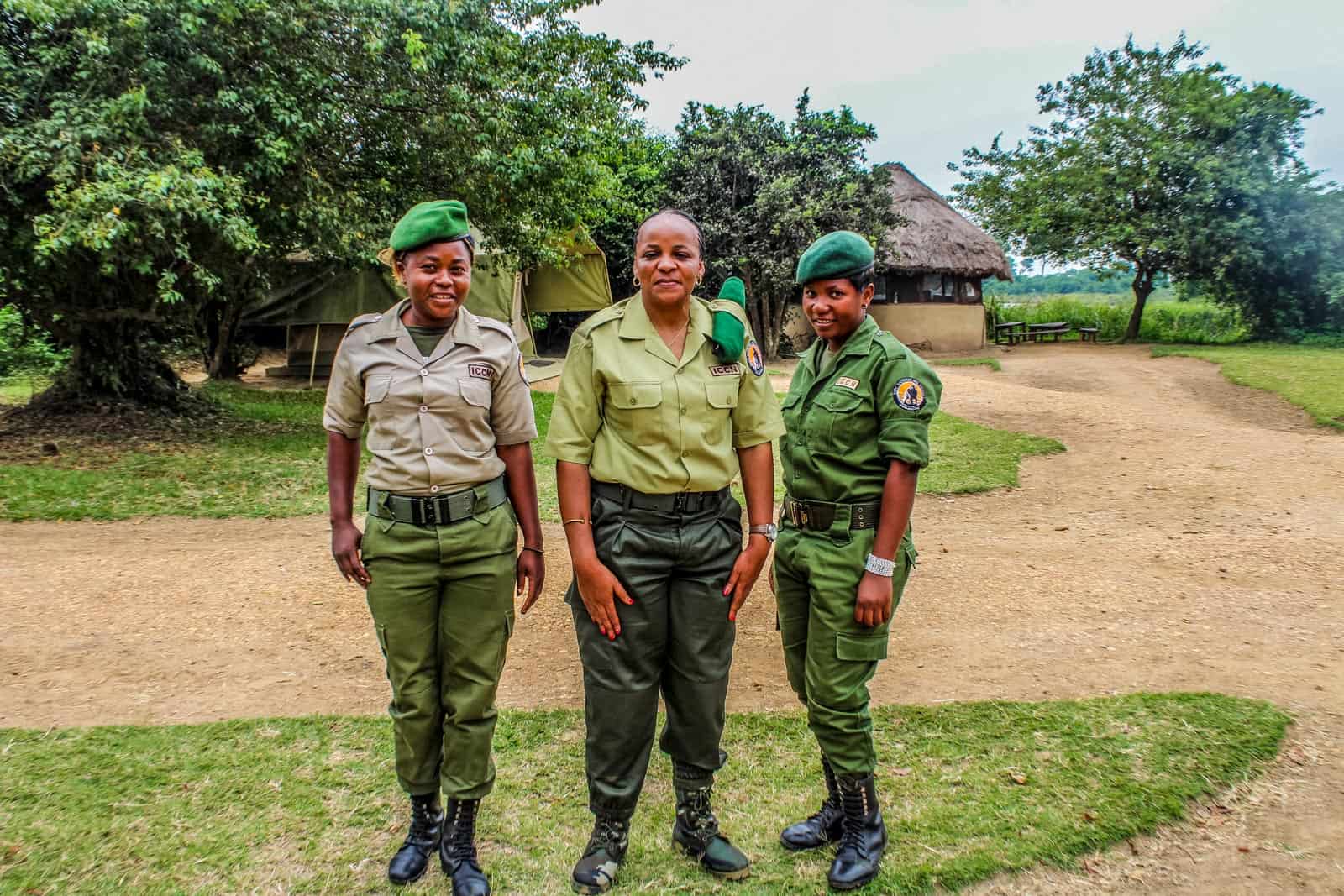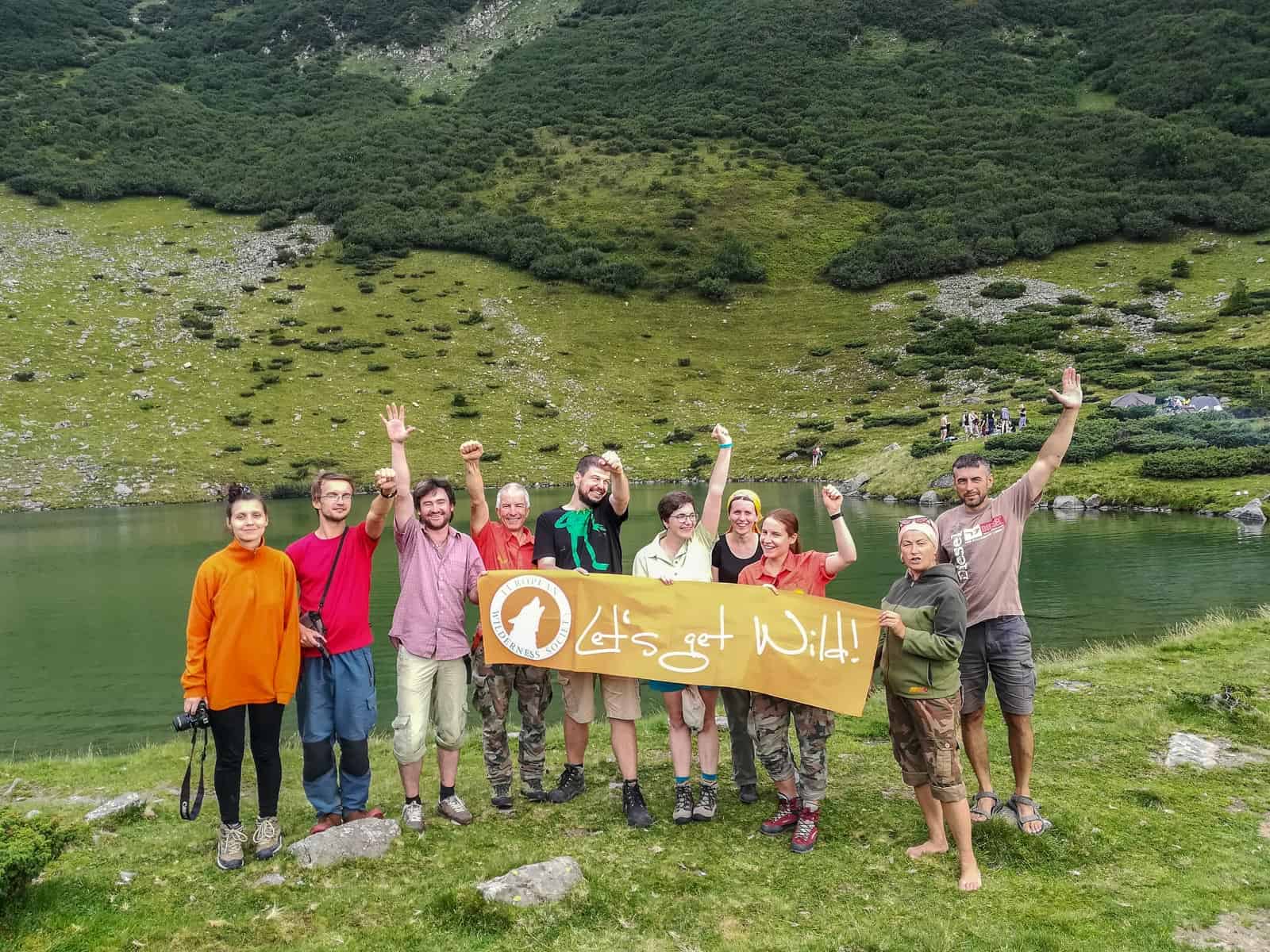High seas protection negotiations have failed
During last two weeks 168 members of the original treaty had negotiations to discuss a new agreement of the world biodiversity.
The last such an agreement was signed 40 years ago in 1982 – the UN Convention on the Law of the Sea. Since that time humanity got a term “high seas” which is a part of international waters where all countries have a right to fish, ship and do scientific research.
Life inside the high seas is under the risk of extinction caused by over fishing, shipping traffic and growing level of temperature. Despite this, only 1,2% marine areas is protected.
One of the first focuses of this meeting was to increase the number of protected areas to 30%. Also, among the topics of agenda were improving environmental impact, providing finance and capacity building to developing countries and sharing of marine genetic resources such as biological material from plants and animals that can benefit society e.g. pharmaceuticals, industrial or food.
But countries failed to agree on the key issues of fishing rights and and supporting developing countries. There is no information about when the countries is going to come back together and finish the negotiations.
As it opens up due to climate change and we have much shorter winters, that is going to open up a whole new area of extraction.
The latest research published by the National Oceanic and Atmospheric Administration has the statistical data which clearly shows that between 10% and 15% of marine species are already at risk of extinction.
The failure of treaty will likely heavily impact sharks and rays. Both of the species’ groups are facing a global extinction crisis. Other migratory species such as whales and turtles are threatened by overfishing and the world’s oceans traffic. Such reduction of total population numbers can be seen in almost all marine animals’ groups.
The most optimistic assumption is that countries will sign it in January during the the annual climate conference COP27 and the UN General Assembly meeting. The work won’t end just after signing the treaty. Afterwards countries will need to define the map the protect areas for their high seas and define the amount of funding developing countries. In the previous 1982 agreement the proposition of extra financing hasn’t been fulfilled.
The half of our planet which is high seas is protecting terrestrial life from the worst impacts of climate change

